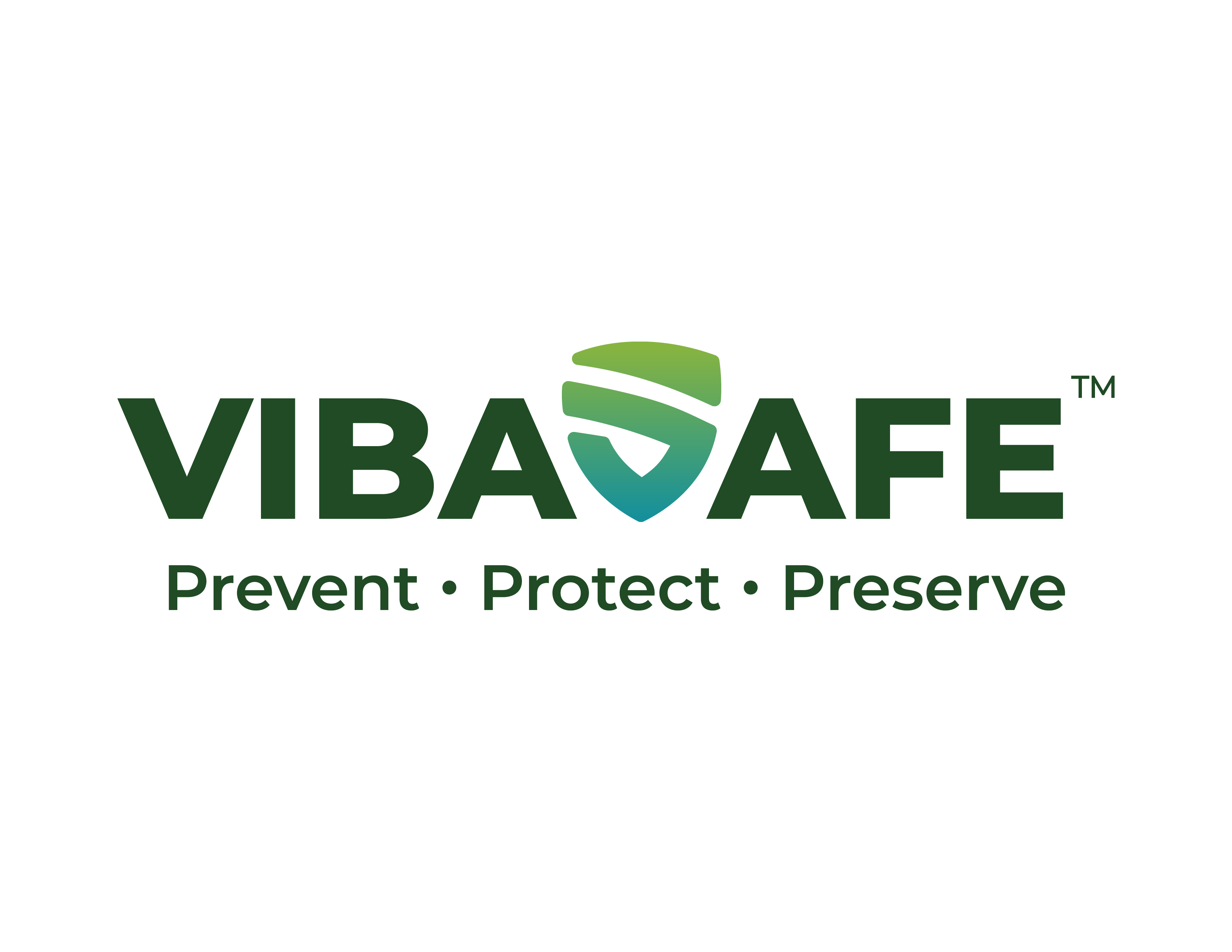UV Radiation
About UV Radiation
UV light is a reliable, well-studied antimicrobial technology. It works primarily by destroying the DNA inside bacteria, viruses and fungi. Unlike chemical approaches to water disinfection, UV light provides rapid, effective inactivation of microorganisms through a physical process. When bacteria, viruses and protozoa are exposed to the germicidal wavelengths of UV light, they are rendered incapable of reproducing and infecting. UV light has demonstrated efficacy against pathogenic organisms, including those responsible for cholera, polio, typhoid, hepatitis and other bacterial, viral and parasitic diseases. In addition, UV light (either alone or in conjunction with hydrogen peroxide) can destroy chemical contaminants such as pesticides, industrial solvents, and pharmaceuticals through a process called UV-oxidation.
Key Features:









Typical Applications:
- Water treatment plants
- Machines
- Clothes
- Floors
- Manufacturing Units
- Carpets
- Automobiles
- HVAC Units
- Doors & Windows
- Furniture
- Utensils
- Fabrics
- Warehouse
- Shelves
- Toilets
- Electronics

